After a devastating fire at its Texas facility, NaturalShrimp rebounds, rebuilds, expands and now seeks a public listing
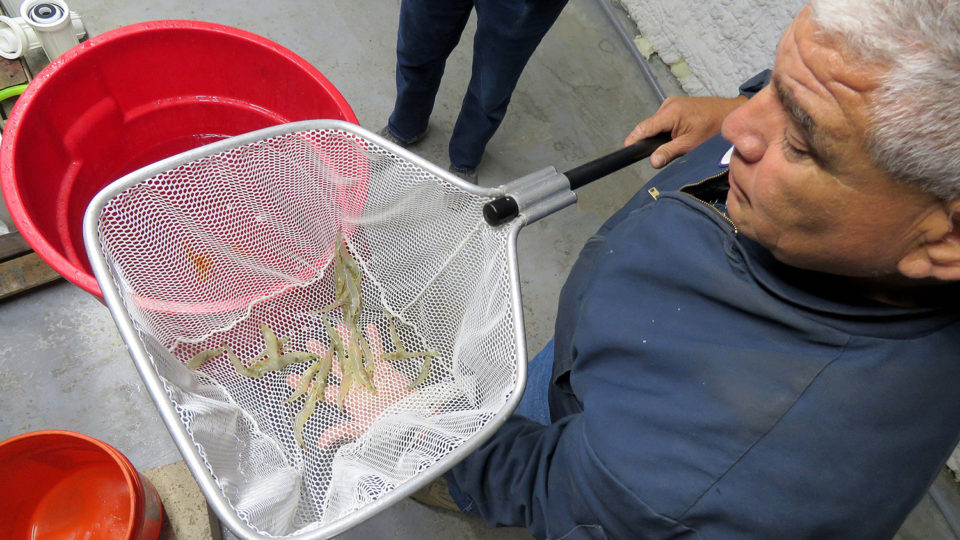
To say the least, NaturalShrimp has gone through eventful times since the last time the Advocate came calling. At the beginning of 2020, the brash aquaculture company had a near-death experience.
Toward the end of the year, though, the Dallas-based company had acquired assets in Webster City, Iowa, that would make it the largest RAS (recirculating aquaculture system) shrimp company, in terms of square footage, in the United States. The site was formerly a barramundi (Asian sea bass, Lates calcarifer) facility operating as VeroBlue Farms.
And by late December, NaturalShrimp inked a deal with Ecoponex Systems to bring RAS shrimp production to Puerto Rico, with the project potentially supplying as much as 17 percent of an estimated local shrimp demand of 3.5 million pounds a year. Further growth for the company could come when NaturalShrimp lists on NASDAQ, expected in early 2021.
“We’re going to be able to raise a lot of capital that will allow us a massive expansion. Our expansion will be worldwide,” Gerald Easterling, president and CEO, told the Advocate.
https://www.aquaculturealliance.org/advocate/texas-producer-giving-ras-shrimp-production-charge/
From the ashes
The outlook was far cloudier on March 18, 2020 when NaturalShrimp’s production facility in La Coste, Texas, suffered a devastating fire. “There was a point in time when I looked at it and said, ‘We are out of business,’” Easterling recalled.
However, GHS Investments, NaturalShrimp’s financing partner, stuck with them and provided funds that, along with insurance proceeds, enabled the rebuilding of the La Coste plant, with stocking and full production of shrimp beginning in 2021. The rebuilt plant, according to Easterling, is state-of-the-art, with an all gravity-flow system utilizing vertically configured 10-foot tall tanks. That height results in more production per square foot than other facilities, which typically have shorter tanks.
One reason for the company’s resilience is its patented RAS technology, which sends a low-wattage electric current through the water, strong enough to remove contaminants but low enough as to not impact the shrimp. In what Easterling explained was an electrocoagulation process, the current can cause charged particles to collect at an electrode or it may force them to settle at the bottom of the tank. Some electrode materials can create chlorine gas from the salt in the water, with the gas then reacting with contaminants and thus allowing their easy removal.
Of all potential contaminants in culture water, ammonia is exceptionally challenging to control because it arises from the shrimp, from their feed and from other organic sources. If ammonia levels are too high, it can kill shrimp, leaving producers little time to react and prevent a catastrophic loss.
“People have a lot of ways they’re trying to deal with ammonia,” Easterling noted. “The uniqueness of our technology is we not only treat the ammonia, we take it out.”
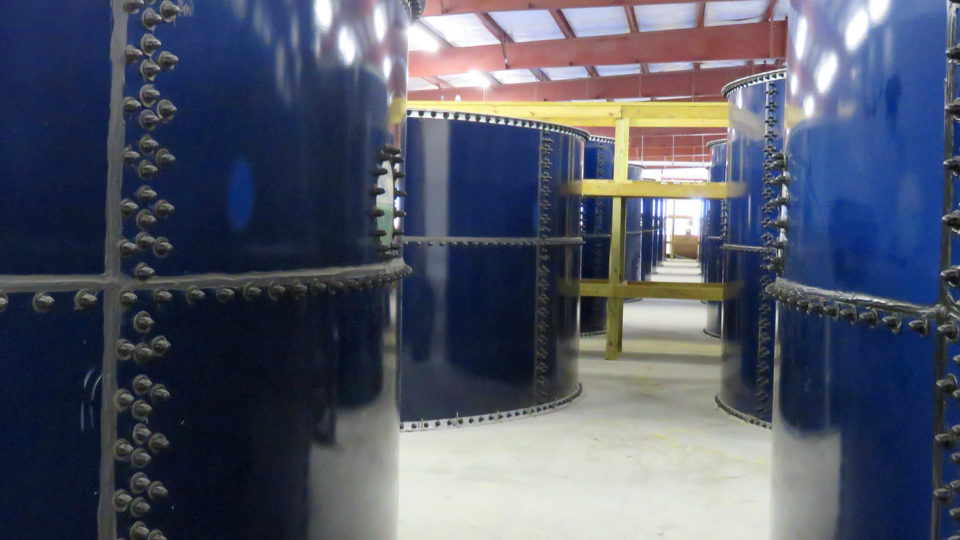
Rolling it out
NaturalShrimp’s technology could be a critical component in Ecoponex’s REEF (renewable energy efficient farm) technology. By going vertical with hydroponic and aquaculture modules stacked atop one another and closing environmental loops to reduce waste and improve productivity, Ecoponex forecasts its approach will increase yield 50-fold while cutting water use by 95 percent and energy 30 percent over conventional farming. An RAS aquaculture system is part of the concept.
The joint venture in Puerto Rico between Ecoponex and NaturalShrimp is progressing, in part, because the island has no local shrimp supply. Thus, when it’s built, the facility will be a source for fresh shrimp for a local population of over three million as well as nearly four million visitors a year.
“I believe that the project will be a precedent-setting model for the entire Caribbean. There are more than 30 islands with over 44 million people and virtually all of their food, including shrimp, is imported,” said Ecoponex CEO Benjamin Brant when the deal was announced.
Looking forward, Easterling noted several other locations are currently being eyed for similar projects. There are also NaturalShrimp’s own expansion plans. The company aims to supply fresh shrimp, which means markets must be within an eight-hour drive of production sites. The production facilities in Texas and Iowa will allow the company to serve markets throughout the middle of the United States. New packaging concepts could expand that reach by extending the shelf life of fresh shrimp.
Challenges remain, though. For instance, established suppliers already dominate the shrimp market. When asked about the daunting presence of these competitors, Easterling replied that NaturalShrimp won’t seek to prevail on price but will instead focus on providing a high-end product that is locally grown – a pitch that may or may not ultimately succeed.
Another challenge is that the company’s plans for future growth require execution and for market conditions to align with expectations. However, as 2020 showed, things may change significantly and quickly. Easterling is undeterred.
“We’re excited about where we are today,” he said. “The technology has advanced to the point where we can really roll this thing out the way we want to.”
Follow the Advocate on Twitter @GAA_Advocate
Now that you've reached the end of the article ...
… please consider supporting GSA’s mission to advance responsible seafood practices through education, advocacy and third-party assurances. The Advocate aims to document the evolution of responsible seafood practices and share the expansive knowledge of our vast network of contributors.
By becoming a Global Seafood Alliance member, you’re ensuring that all of the pre-competitive work we do through member benefits, resources and events can continue. Individual membership costs just $50 a year.
Not a GSA member? Join us.
Author
-

Hank Hogan
Hank Hogan is a freelance writer based in Reno, Nevada, who covers science and technology. His work has appeared in publications ranging from Boy’s Life to New Scientist.
[109,111,99,46,110,97,103,111,104,107,110,97,104,64,107,110,97,104]
Tagged With
Related Posts
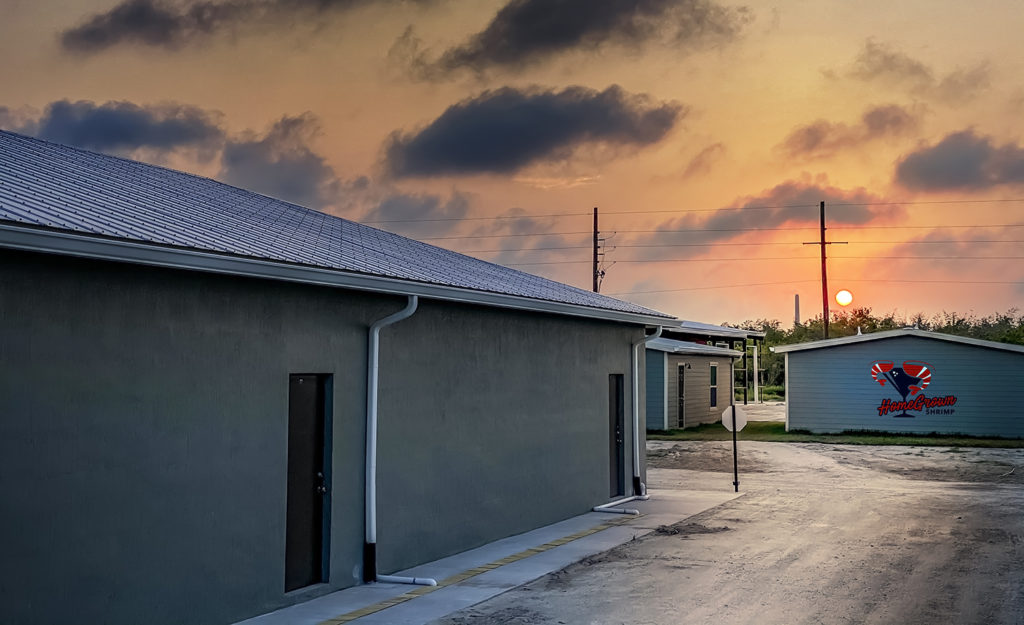
Innovation & Investment
Robins McIntosh: Florida RAS shrimp farm the first of many
CP Foods’ Robins McIntosh is turning a 40-acre site in Florida into a next-generation shrimp farm, producing 1,000 tons annually with zero waste.
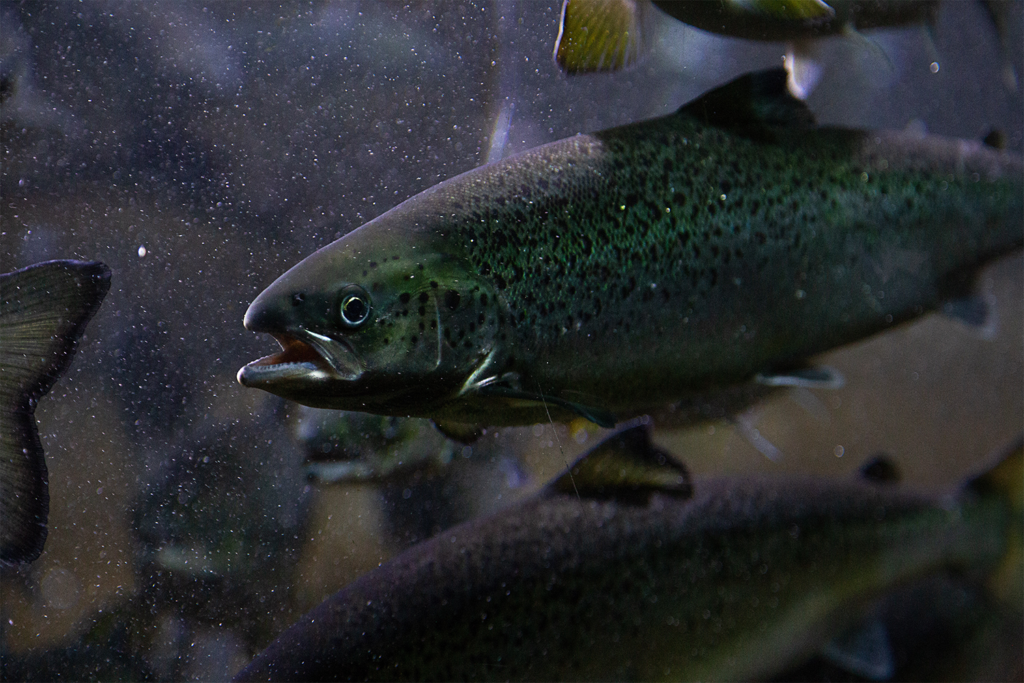
Innovation & Investment
A salmon farm in Dubai, because of course
Last year Dubai-based Fish Farm LLC sold the first batch of salmon to be born and bred in the United Arab Emirates. More are certainly coming.
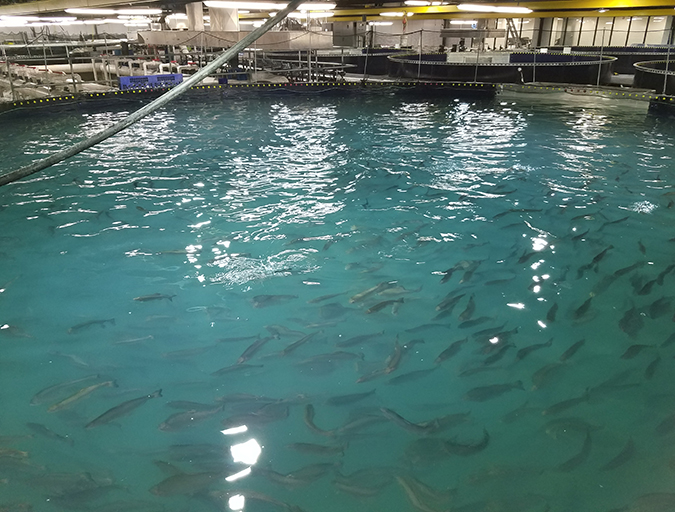
Intelligence
A land grab for salmon (and shrimp) in upstate New York
The operators of Hudson Valley Fish Farm see their inland locale as a pilot to prove that land-based fish farming, located in close proximity to major metropolitan markets, can be successful.
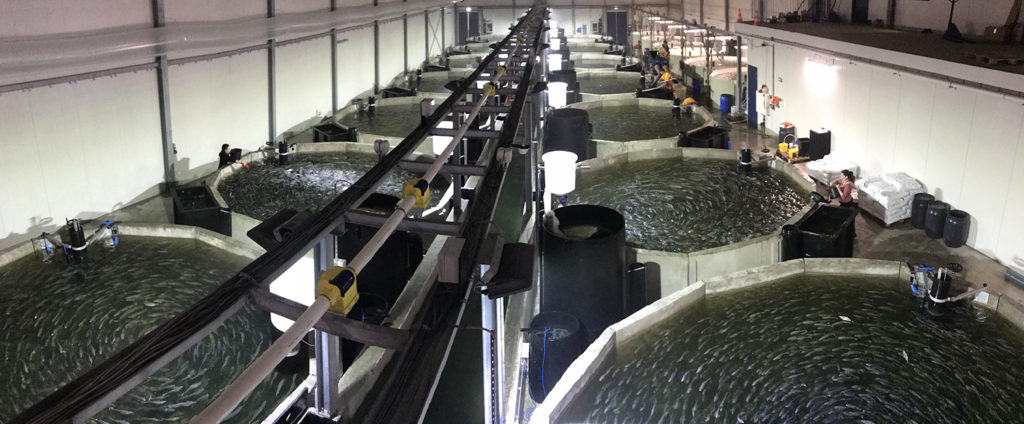
Innovation & Investment
Is RAS the game-changer that Europe’s aquaculture sector needs?
The impact that recirculating aquaculture systems, or RAS, will have on European production remains to be seen, but the general vibe is positive.

